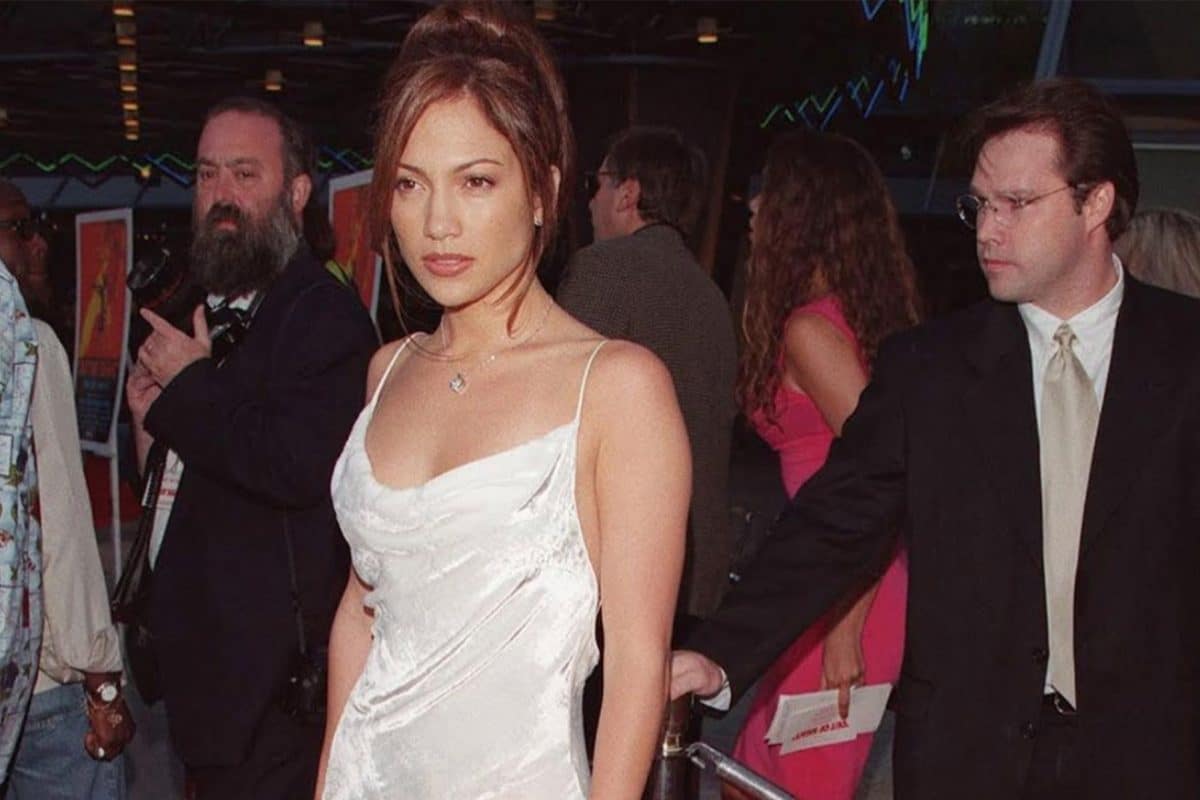Six years ago writer Rosie Dalton was researching an article exploring the true cost of a $10 T-shirt. She admits that she didn’t know quite what she was getting herself into at the time, and what she uncovered about the environmental and social impact of the fashion industry sparked a "lightbulb" moment, forever changing how she views clothes.
Since then, Dalton has built an enviable career as a fashion writer and speaker, specialising in sustainability. She has launched slow fashion blog On the Collar, created a toolkit for conscious consumption and authored articles for numerous fashion publications, including RUSSH. Dalton’s work not only raises awareness around fashion’s ethical issues, it suggests ways in which we can address them.
On March 5, she will appear on a panel discussion presented by new social enterprise, Good Thing, as part of VAMFF’s Independent Program. Along with Good Thing Founder Helen Steel, Country Road's Elle Roseby, Arnsdorf's Jade Sarita Arnott and Good On You's Gordon Renouf, she’ll explore the rapid growth of the circular fashion movement. We caught up to chat about why fashion needs the circular treatment and how individuals can make better choices to reduce waste, protect our planet’s resources and get more mileage out of clothes.
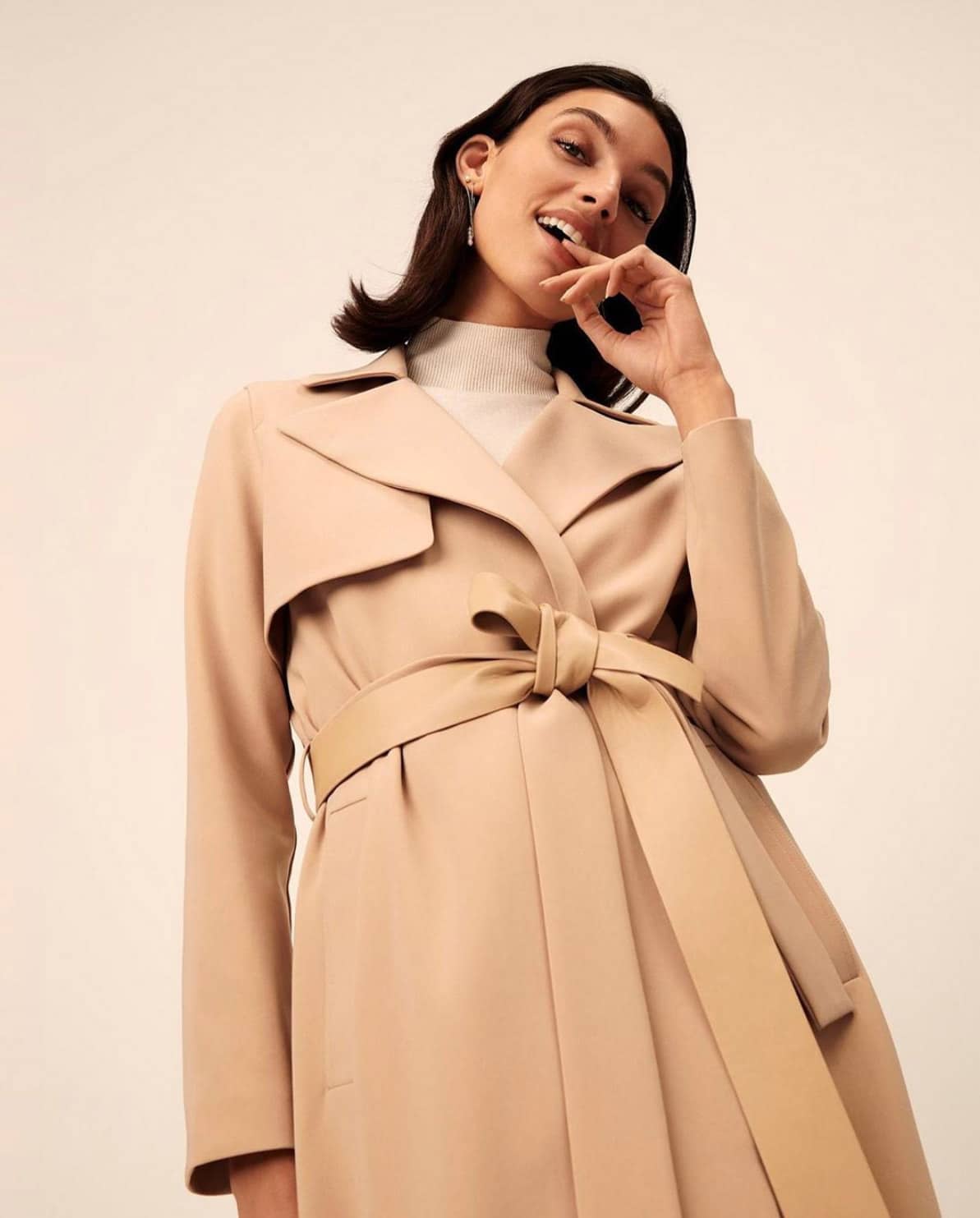
Firstly, is the concept of circular fashion tricky to explain to people?
Circular fashion can be difficult to explain for the same reasons that ‘ethical fashion’ and ‘sustainability’ are difficult to explain – primarily, because they’re very nuanced concepts that relate to inherently complicated fashion supply chains. ‘Ethical fashion’ and ‘sustainability’ can also be quite subjective, which adds another layer of complexity.
How would you define circular fashion?
In a nutshell, circular fashion is created and then circulated for as long as possible without generating waste. The biggest challenge is that it’s virtually impossible to create something new without generating waste. But the fun side is the innovation that comes into play – especially around closed loop textiles, repurposing secondhand garments, and far-out materials that have been up-cycled out of everything from fishing nets to pineapple leaves!
In what ways would you encourage people to get on board with the circular fashion movement?
Circular fashion is easier to embrace once you understand that vast amounts of waste are created at every stage of a garment’s life cycle – from creating the fibres and dyeing the fabric, to cutting and sewing it, transporting it into stores, washing it at home, and then ultimately discarding it.
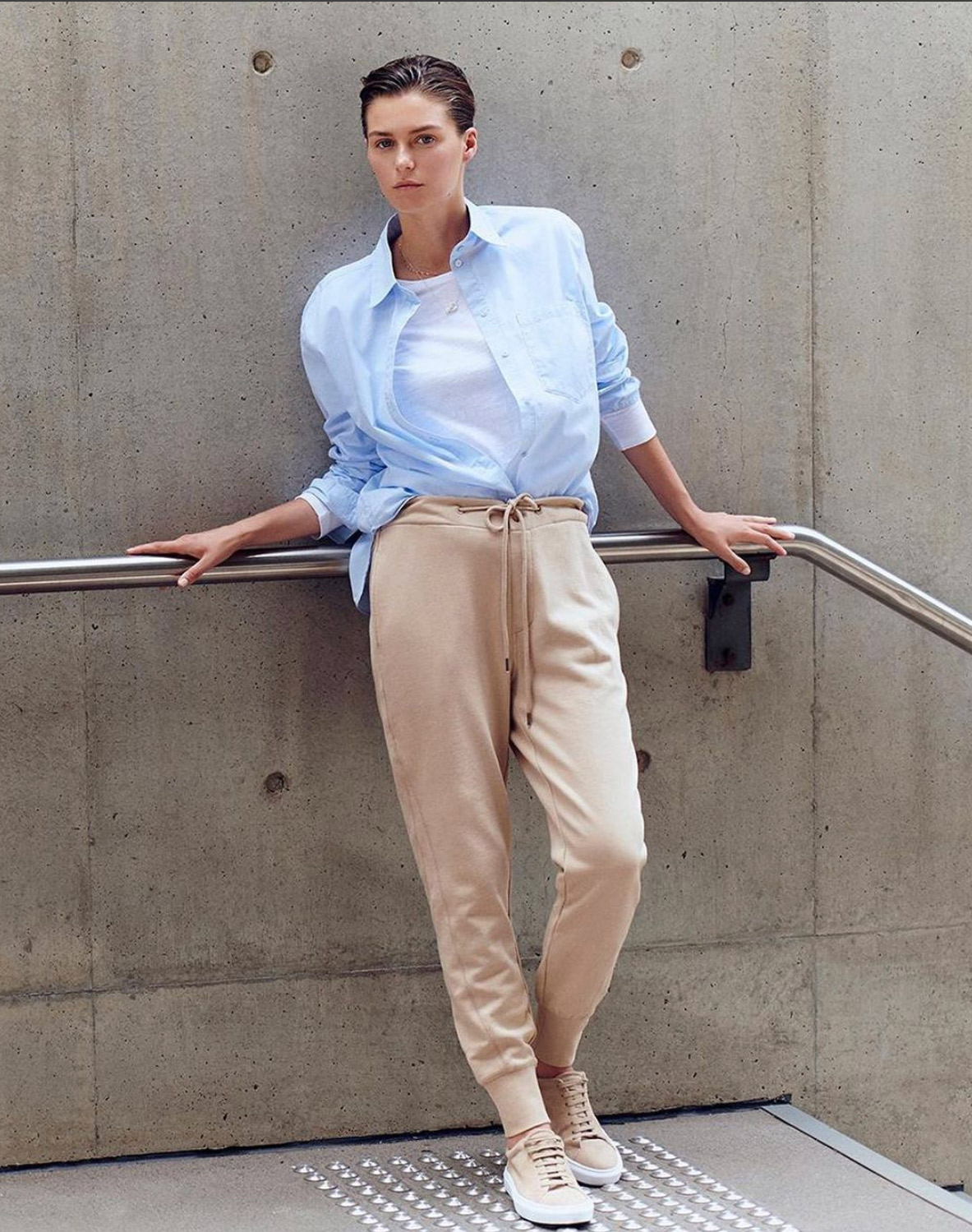
"What comes next is taking a good look at your own wardrobe and assessing where you can minimise impact."
Why do you think it’s important to have conversations about ethical and sustainable production?
Because the industry is evolving all the time, and education is key to changing things for the better. I’m fortunate to have interviewed some incredible designers and innovators in the sustainable fashion space. And I love talking about all aspects of clothing production – from supply chains, to material innovations, and the way that products are consumed.
Let's talk about designers who, in your opinion, are setting the best standards for ethical and sustainable fashion ...
The issues are so complex that no brand can ever really be 100 per cent perfect. But there are many designers out there doing wonderful things. Arnsdorf, for one, is incredible. They are supporting the continuation of craftsmanship and industry onshore in Australia, and they have a transparent pricing structure, which is really revolutionary. They also offer an in-house tailoring service.
Globally, Stella McCartney has always been a leader in this space and her website offers great education around what different ‘ethical fashion’ terms actually mean. Patagonia’s story never ceases to inspire me, either. That company was one of the first to adopt organic cotton and they have shown such radical transparency in dealing with nuanced supply chain issues and the contemporary culture of waste.
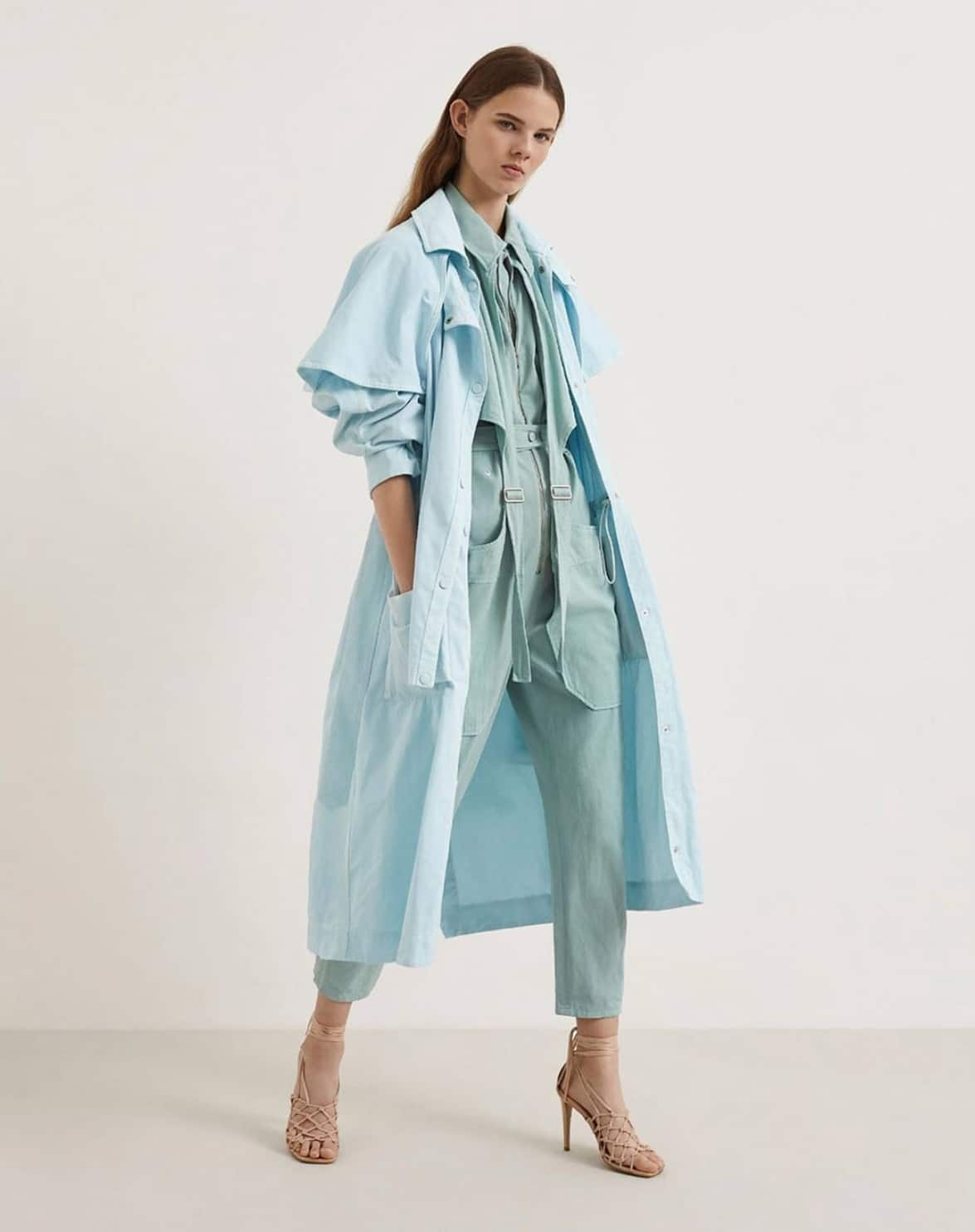
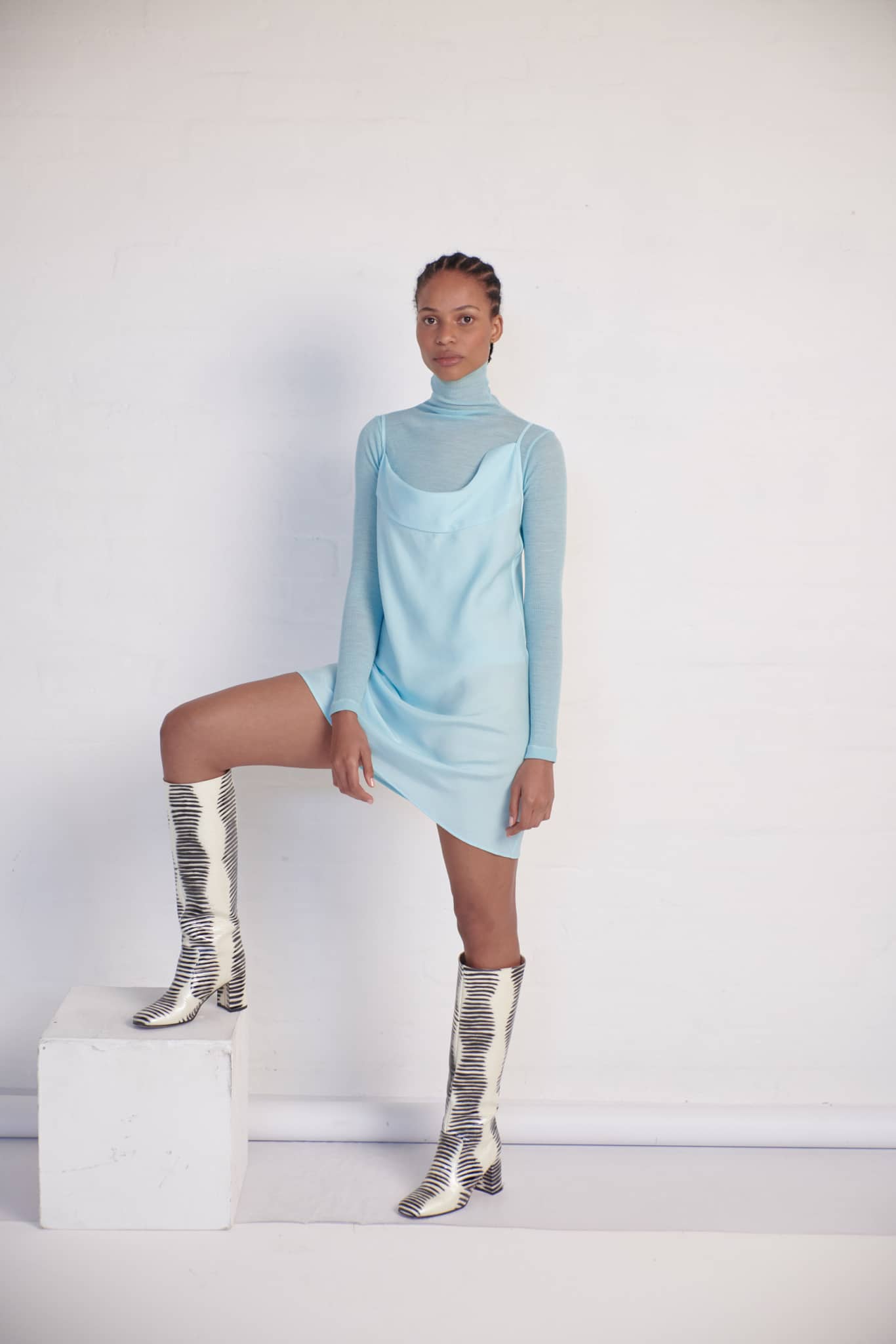
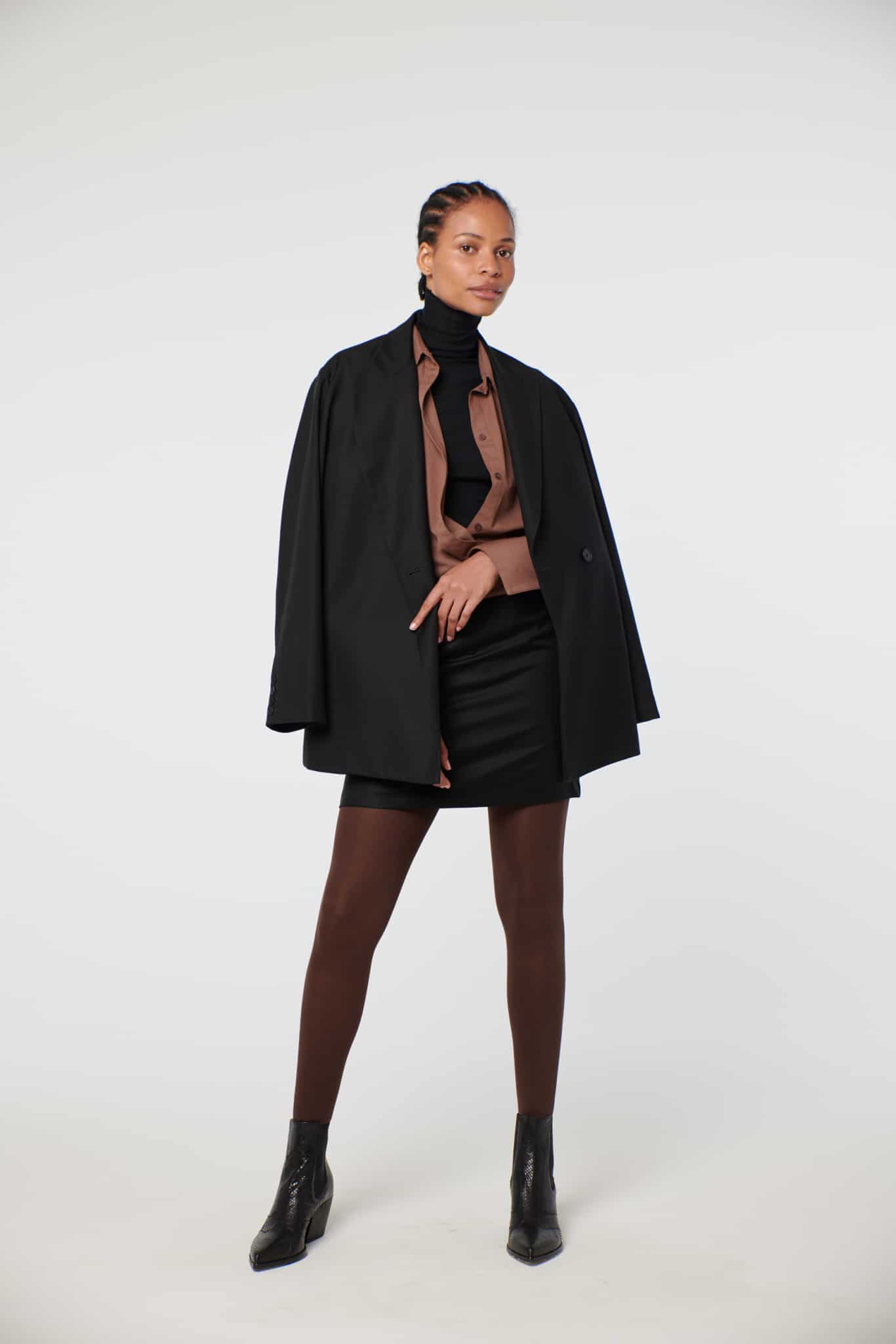
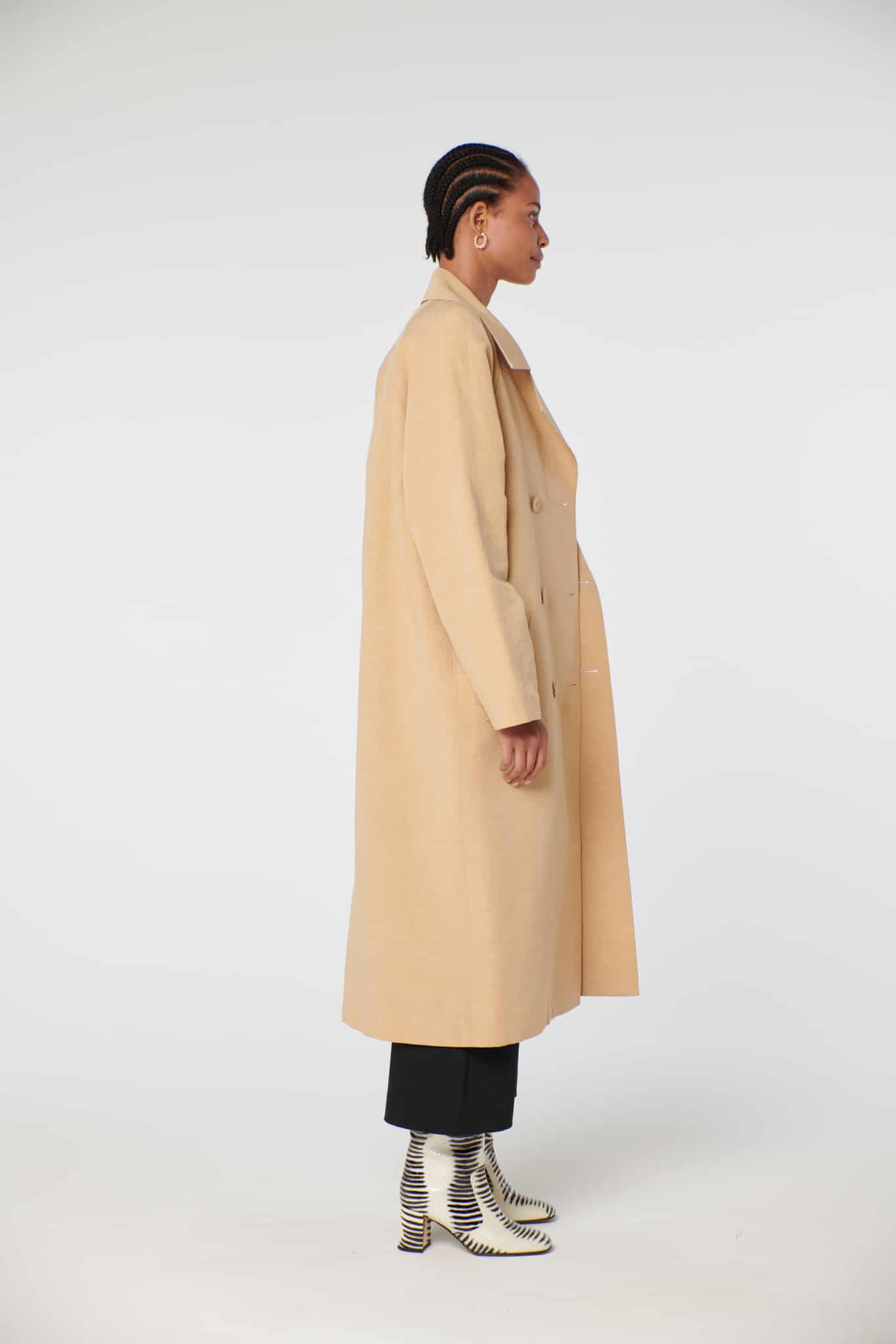
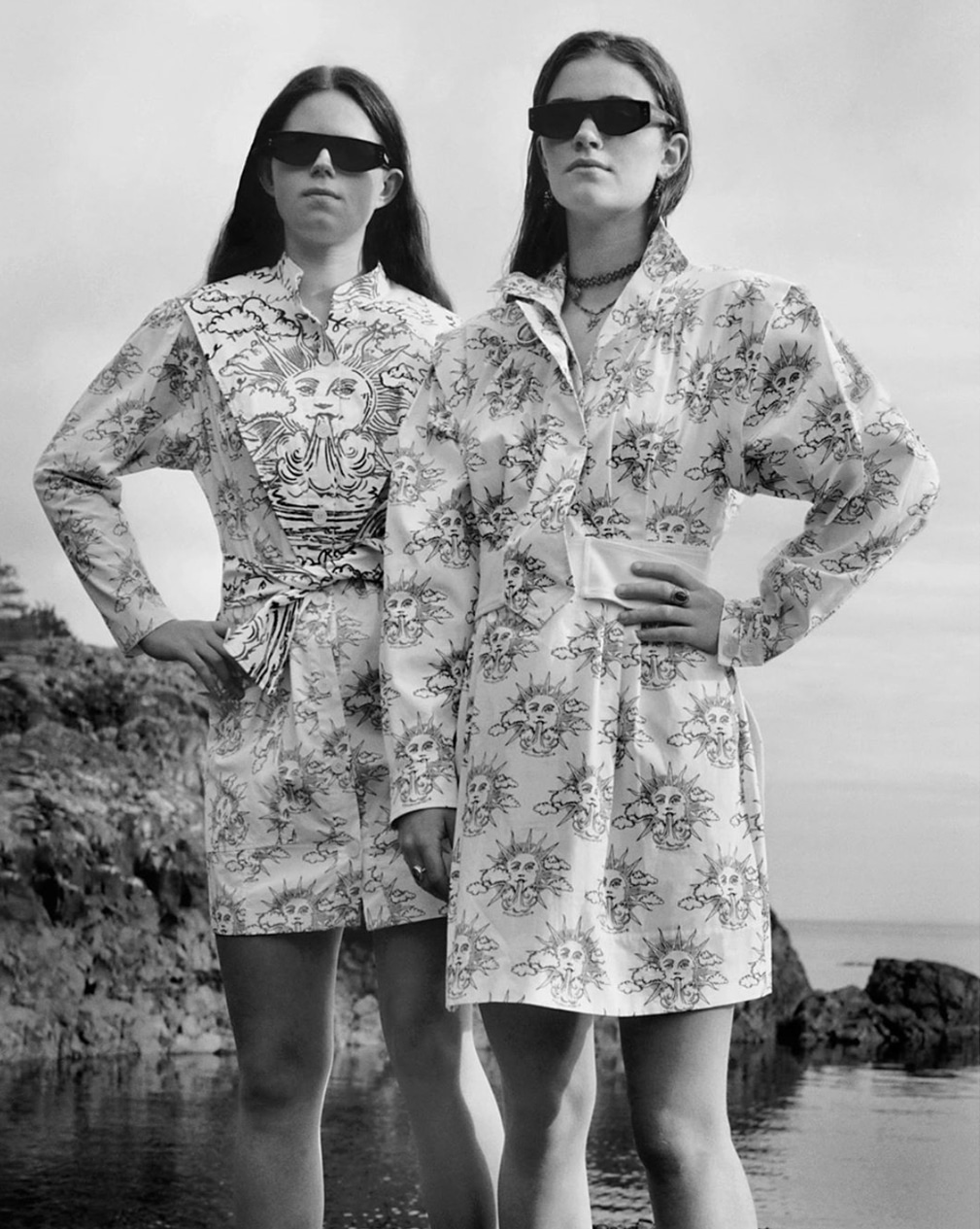
What do you think the sustainable fashion movement will look in 2020?
I think more big brands will start pivoting to introduce sustainable materials and transparent supply chains. But I would personally like to see the industry moving towards a more circular model, where both brands and consumers are conscious of the end-of-life phase of a garment’s lifecycle and think about how to extend that life through recycling and reuse.
What’s the best piece of advice you have ever received?
I always try to live by the wise words of Vivienne Westwood: buy less, choose well and make it last.
What is your favourite sustainability hack?
Say no to single use plastics. It’s so easy to bring along a reusable water bottle, shopping bag or coffee cup.
Will we get to hear more about these issues at VAMFF this year?
This year’s VAMFF Program is really great and will be covering lots of conversations around sustainability, creativity and future innovation in fashion. Like at the New Generation of Creative Collaborations event, the Sewn Together exhibition and, of course, Making Fashion Circular.
As a panelist on Good Thing’s Making Fashion Circular event at VAMFF, what can audiences expect from coming along?
A lively conversation about how sustainability issues relate to big brands, small independent labels and fashion lovers. And a range of perspectives on what we can expect for the future of fashion and why that future should be circular (spoiler: it has to be).
Genevieve Brannigan is the Director of Communications Collective and a board member of CCP and Good Thing Australia.



